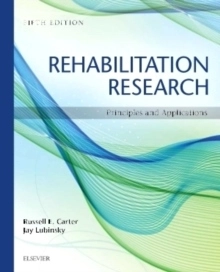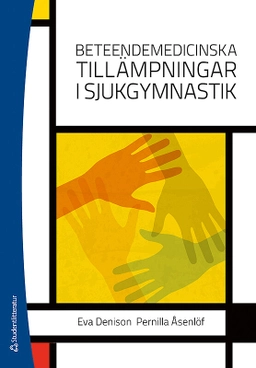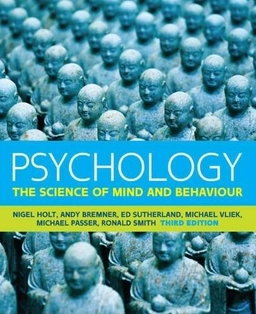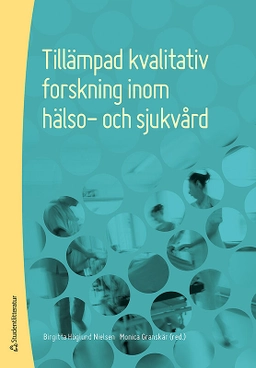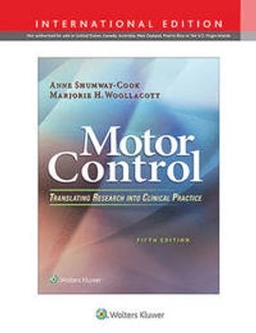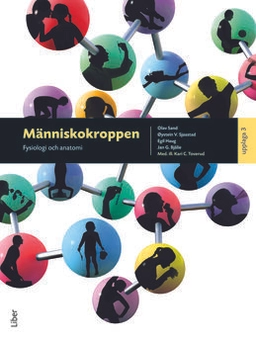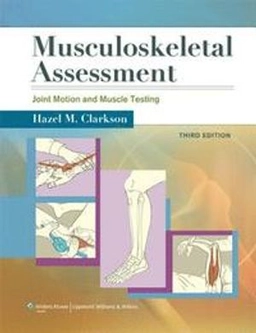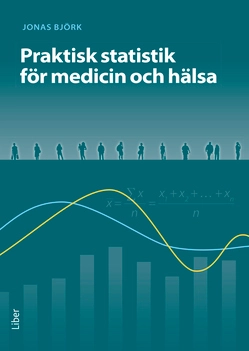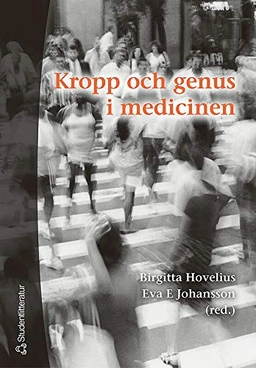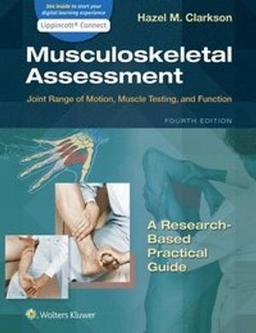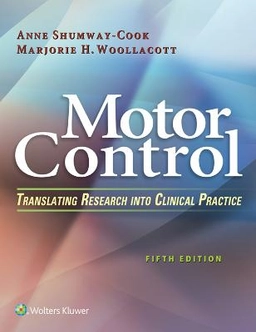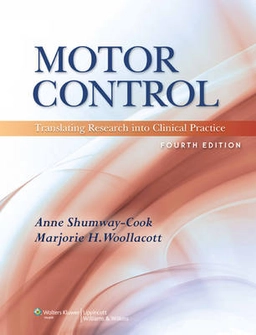Covering the full range of rehabilitation research with a clear, easy-to-understand approach, this resource will help you analyze and apply research to practice. Rehabilitation Research: Principles and Applications examines traditional experimental designs as well as nonexperimental and emerging approaches, including qualitative research, single-system design, outcomes research, and survey research. Clinical case studies and references will enhance your skills as a scientist-practitioner.
Written by noted educators Russell Carter and Jay Lubinsky, this book emphasizes evidence-based practice within physical therapy, occupational therapy, and other rehabilitation professions. Evidence-Based Practice chapter provides an overview of the important concepts of EBP and the WHO model of health and disease. Interdisciplinary author team consisting of a PT and an ASHA dually-certified SLP/AUD brings an interdisciplinary focus and a stronger emphasis on evidence-based practice.
Written by noted educators Russell Carter and Jay Lubinsky, this book emphasizes evidence-based practice within physical therapy, occupational therapy, and other rehabilitation professions. Evidence-Based Practice chapter provides an overview of the important concepts of EBP and the WHO model of health and disease. Interdisciplinary author team consisting of a PT and an ASHA dually-certified SLP/AUD brings an interdisciplinary focus and a stronger emphasis on evidence-based practice.
Discipline-specific examples are drawn from three major fields: physical therapy, occupational therapy, and communication sciences and disorders. Coverage of nonexperimental research includes chapters on clinical case studies and qualitative research, so you understand a wide range of research methods and when it is most appropriate to use each type. Finding Research Literature chapter includes step-by-step descriptions of literature searches within different rehabilitation professions.
NEW! Completely updated evidence-based content and references makes the information useful for both students and rehab practitioners. UPDATED! Expanded Single-Subject Designs chapter provides a more thorough explanation and examples of withdrawal, multiple baselines, alternating treatments, and interactions - designs that you can use in everyday clinical practice.
Åtkomstkoder och digitalt tilläggsmaterial garanteras inte med begagnade böcker
